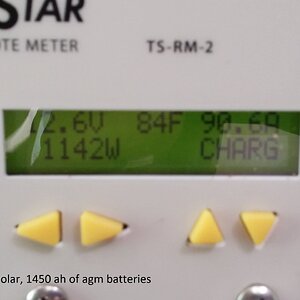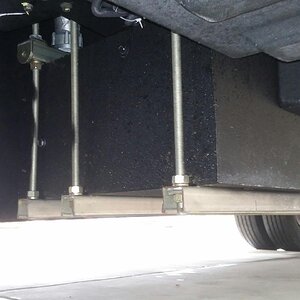ok so what you're saying is that using the max tire pressure on the tire is a safety issue? Not true.
The recommended tire pressure is on the sticker from the Mfg., it's on the trailer. My previous RV was a 2012 Laredo where the load rating on the tire was 'D'. Those D rating tires came with a max tire pressure of 65 lbs and the sticker said to use 65lbs of pressure. When I looked at the loaded weight of my RV the weight of everything basically put these tires at the max. It was still legal for the Mfg to do that but in the middle of August going down the highway in the heat at full weight made me nervous. I decided to upgrade the tires to a load rating of 'E' which basically means they can handle more weight. Same size tire just a higher load rating. Those 'E' rating tires I put on had a max pressure of 80lbs giving me less stress (my blood pressure) going down the road so obviously I wasn't going to set those tires to 65lbs. Use your common sense.
As I mentioned already, I have a 20 year track record doing it this way with ZERO blow outs. You do it your way.












